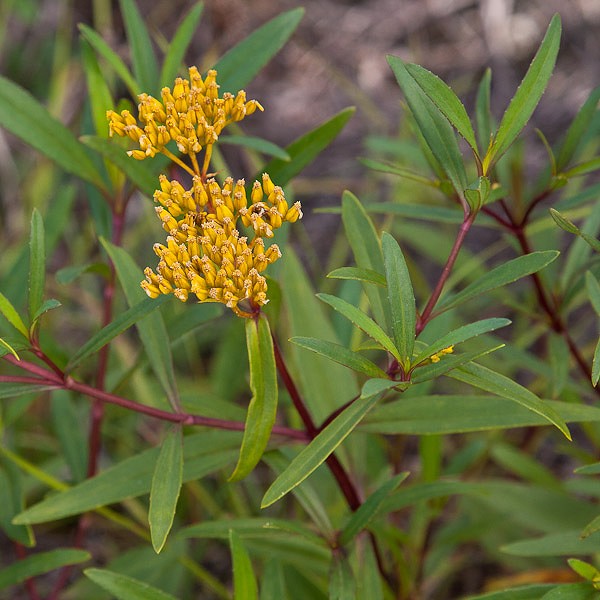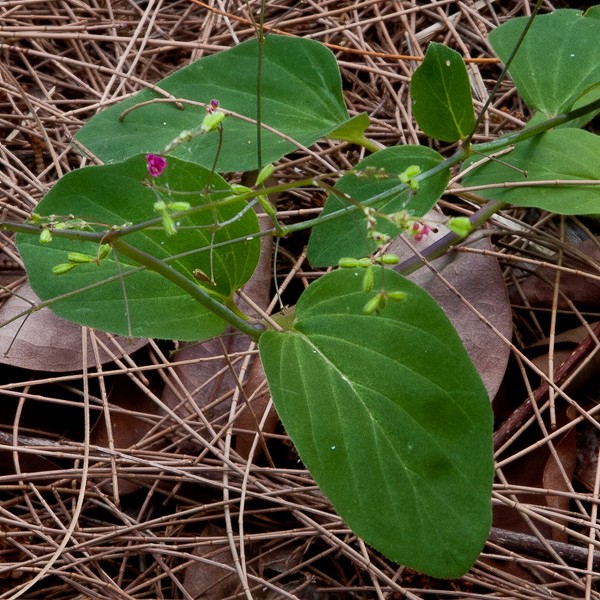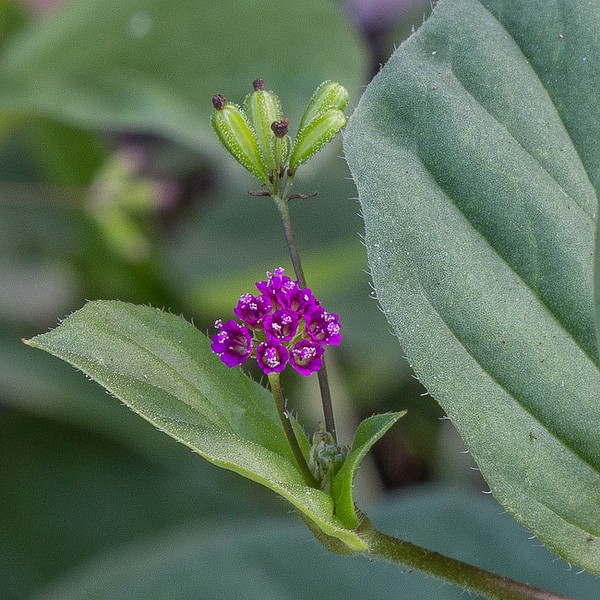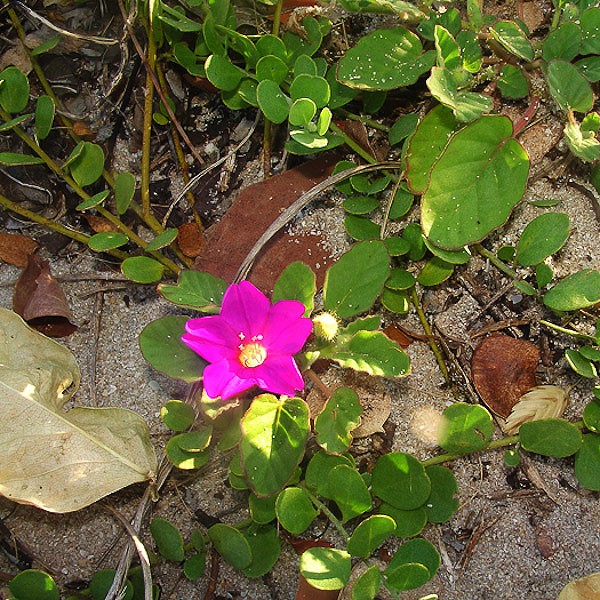Boerhavia diffusa
Nyctaginaceae
Every time John and George go to the Hobe Sound National Wildlife Refuge calamity strikes. Last time, we got the car stuck in the sand; today it was merely a downpour a mile from the car (parked safely on nice firm pavement). We explored a dirt path immediately behind the seashore dunes, and marveled at the biodiverse lush dune jungle . Trying to compile a list of every plant species present would be a big effort because there are more species than I can count on my fingers and toes. Interestingly, species associated with xeric habits (such as Cacti) are nearly adjacent there to others usually associated with wet feet (such as Fall Panicgrass).
The lion’s share of the biomass is legumes, probably owing to their ability to create nitrogen “fertilizer” on otherwise poor sand: Nickerbean (the dominant species) along with Baybean, Bushbean, Coinvine, Coralbean, Cowpea, an invasive Senna species, and assorted weeds represent the Bean Family. Looking beyond Legumes, especially beautiful were the Yellowtops, Devil Potato, and Bloodberry. But let’s get to the point. A curious little species not rare on sandy soils is Red Spiderling (Boerhavia diffusa).
It’s pretty if you look closely, with Bougainvillea-colored flowers. The coloration is no coincidence, as the two are in the same family.
The Boerhavia flowers actually look like Bougainvillea flowers overall, but a point of clarification: in Bougainvillea the flowers are small (not so different in size from Boerhavia) and white, the purple in Bougainvillea is in the bracts surrounding the flowers.
Garden Four-O-Clocks (Mirabilis) are likewise related with similar pigments, or to be more native-plant-oriented, likewise for Beach “Peanut” (Okenia hypogaea).
- Okenia (JB)
The fruits in B. diffusa have sticky Velcro-hairs, and they do get around, in part with help from migratory birds.
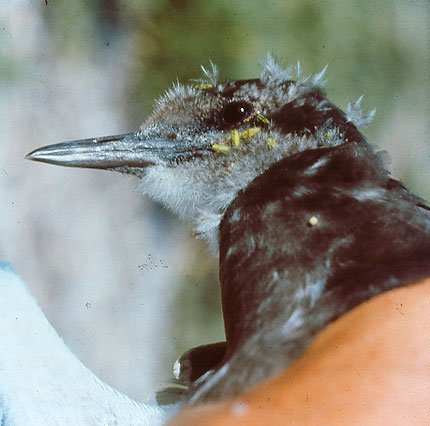
Sooty Tern with Spiderling fruits along for the ride. Sooty Terns are sea-faring birds. (By botanist Sherwin Carlquist)
Variably defined, B. diffusa, or a complex of closely allied species, depending on how you split and lump, is worldwide, including Asia, Africa, Hawaii, Australia, the Caribbean, and the U.S., with the point of origin unclear. The relationships among the different interconnected variants is so unclear that estimates of the number of recognized species in the genus range from 10 to 40. Or, worse, down through botanical history over 200 species names have been applied in Boerhavia. In short, an extremely confusing genus where the species have not read the textbooks concerning species definition.
The plants have taproots, and these have served medicinally, including to prepare laxatives and expectorants. Fact is, Boerhavias have served in many cultures worldwide in more medicinal capacities than Dr. Oz. Alkaloids in the root, including an alkaloid called punaravine, are diueretic and raise the blood pressure. The leaves are salad in some cultures, and the “seeds” have been ground into flour. However, the alkaloids, bioactivity, and probable toxicity say do not eat this plant.
As as fascinating note added post-publication, Paul Rebmann at wildphoto.com (comments below) put the plant together with the Spiderling Plume Moth. Click on the web address below to see flower and pollinator united at Paul’s site! http://www.wildflphoto.com/species.php?k=a&id=300
